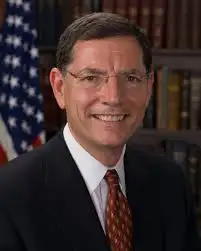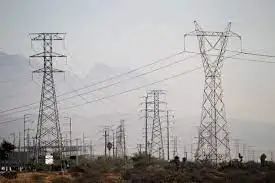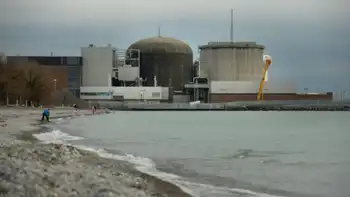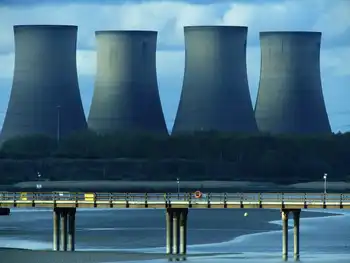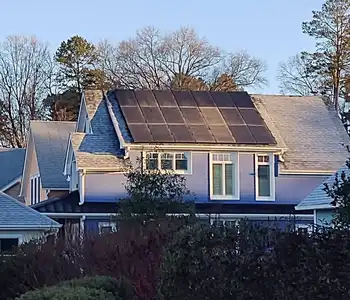Wisconsin Electric targets 2012 for SO2 scrubbers
By SNL Securities
Electrical Testing & Commissioning of Power Systems
Our customized live online or in‑person group training can be delivered to your staff at your location.

- Live Online
- 12 hours Instructor-led
- Group Training Available
"In July 2008, we received approval from the (Wisconsin Public Service Commission) granting us authority to construct wet flue gas desulfurization and selective catalytic reduction facilities at Oak Creek Power Plant units 5-8," the utility said in an October 30 Form 10-Q filing.
"Construction of these emission controls began in late July 2008, and we expect the installation to be completed during 2012. We currently expect the cost of completing this project to be approximately $800 million ($960 million including [allowance for funds used during construction]). The amount of AFUDC is based on the assumption that AFUDC will accrue on 100% of the construction cost until the facilities are placed in service, which is consistent with the 2010 rate case filing."
Like many such SO2 scrubber projects, the equipment being added at Oak Creek would allow the utility to use higher-sulfur coal in those units. The plant is known in the SNL Energy database as South Oak Creek, with coal earlier this year coming entirely from the Wyoming Powder River Basin from the Powder River Coal LLC unit of Peabody Energy Corp. and the Antelope Coal Co. unit of Rio Tinto.
But sprinkled through the filings in a Wisconsin PSC case approving the new air controls are indications that WEPCO's base plan is to stick with low-sulfur PRB coals once the emissions controls are installed. On August 24, 2007, WEPCO said of its coal supply and technology design: "The design basis will accommodate the full range of PRB coals, and is capable of reaching the design emission rate of 0.07 #/mmBtu with coal slightly in excess of 1.0 #/mmBtu sulfur content."
Also, Wisconsin Electric has, unwillingly, gone into overtime in its efforts to bring two new coal units at Oak Creek, called the Elm Road Generating Station, online. "In July 2008, Bechtel, the contractor of the Oak Creek expansion under a fixed price contract, notified We Power in a letter that it forecasts the in-service date of unit 1 to be delayed three months beyond the guaranteed contract date of September 29, 2009," the utility said in the Form 10-Q. "Bechtel also advised We Power in the letter that it forecasts the in-service date of unit 2 to be one month earlier than the guaranteed contract date of September 29, 2010."
We Power received Bechtel's claims for schedule and cost relief in December 2008, the filing added. "Although Bechtel did not change the forecasted in-service dates, it did request schedule relief that would result in six months of relief from liquidated damages beyond the guaranteed contract date for unit 1 and three months of relief from liquidated damages beyond the guaranteed contract date for unit 2. Bechtel's claims are based on the alleged effects of severe winter weather and certain labor-related matters, as well as the alleged effects of (Elm Road Services LLC)-directed changes and delays allegedly caused by ERS prior to the issuance of the (full notice to proceed) in 2005."
Based on Bechtel's July 2008 notice, We Power notified Bechtel in September 2008 that it was invoking the formal dispute resolution process in the contract to resolve certain issues related to the rights of the parties under the contract. We Power then agreed with Bechtel to combine those issues and Bechtel's claim into one mediation.
"Mediation was unsuccessful and, therefore, as required by the contract, the parties submitted the claims to binding arbitration, which We Power anticipates will be concluded in 2010 or early 2011," Wisconsin Electric said. "Bechtel continues to target an in-service date for unit 1 of December 29, 2009, which is three months beyond the guaranteed contract date, and an in-service date for unit 2 of August 29, 2010, which is one month earlier than the guaranteed contract date. Although Bechtel has fallen slightly behind these dates, it has recovery plans in place and believes these target dates are achievable. However, the final few months of start-up and commissioning could present unforeseen challenges that may delay the in-service date of unit 1 beyond December 29, 2009."





